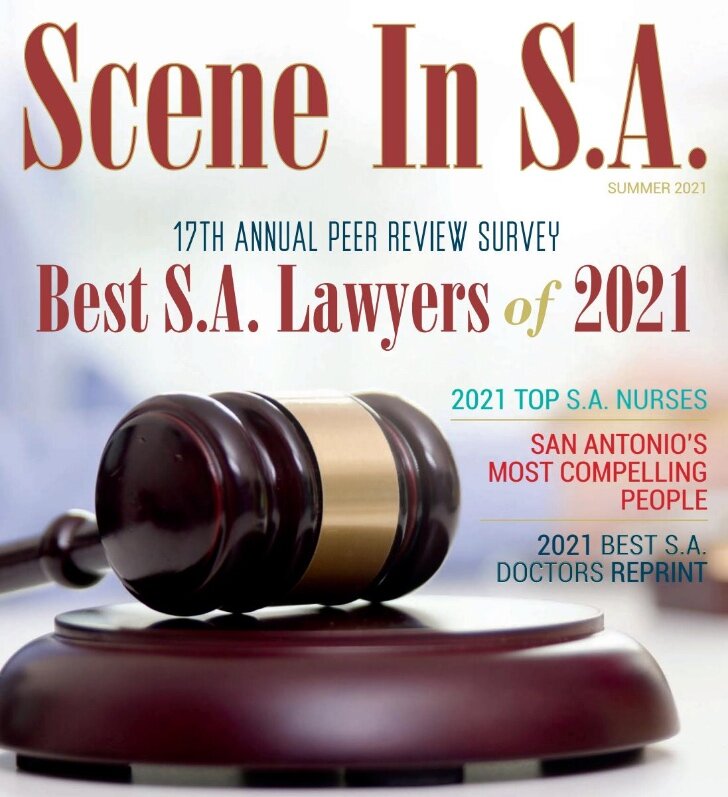Non-Compete Agreements Are The New Black, Part 1
/As employment lawyer Eric Meyer put it last week in his article on the subject, "orange non-competes are the new black." They are increasingly being used by employers everywhere against all types of employees - from "tech workers to sandwich makers." Recent statistical studies indicate that one in four workers have signed a non-compete in their lifetime and 12.3 percent all workers are bound by one right now.
These numbers will understandably vary widely from state to state and from industry to industry. From my own experience working with hundreds of Texas employees in non-compete cases, it would not surprise me if the numbers are even higher for Texas workers.
In his article, Meyer indicates his surprise that so many employees who are presented with a non-compete agreement simply sign it without protest. He was also surprised by the relatively small percentage of employees who try to argue with their employer about the issue. The Washington Post article to which he refers notes the following:
“And overall, only about 10 percent of workers who’ve signed a non-compete ever try to argue over it, with most assuming that it’s either not negotiable or that doing so would cause tension with an employer.”
In my personal opinion, non-compete agreements are morally justifiable only in the most extreme cases -- situations in which employees truly will be given access to real trade secret information that would obviously cause serious harm to an employer if it got into the hands of a competitor (think secret recipe of eleven herbs and spices). This is a very small percentage of workers. And yet we see that more and more employees are being asked and are agreeing to sign such agreements and thereby damage their ability to work in their chosen field should they be fired or choose to leave their employer. Why?
I think there are a few reasons for this phenomena:
An actual or perceived weak bargaining position. -- A majority of the time non-competes are presented at or just after the point of a job offer being made. Employees believe that if they want the job then they have no choice but to sign the agreement.
Employees don't realize what they are signing. -- Many times employers slip non-compete agreements in along with the 30 other documents that a new employee must sign on his or her first day. They then rush them through the process and absolutely do not encourage the new employee to actually take the time to read and consider the documents they are signing. I would estimate that 30%-40% of those who consult with me because they have been sued or threatened with a lawsuit relating to a non-compete state they were not even aware that they had signed such an agreement.
An incorrect belief that such agreements are not enforceable. -- The enforceability of non-compete agreements is largely a creature of statute and varies dramatically from state to state but here in Texas such agreements are, generally speaking, very enforceable. But this wasn't always the case. As big business interests have increased their stranglehold of Texas' legislature and its courts over the last 20 years, the law regarding non-competes has done nearly a full 180. Non-compete agreements - once considered to be not worth the paper they were written on - are now as good as gold. Yet people's perceptions of such agreements have been slow to catch up.
So, given this state of affairs, what should an employee who is presented with a non-compete do to protect himself or herself? I'll address this in a follow-up post next week.



















